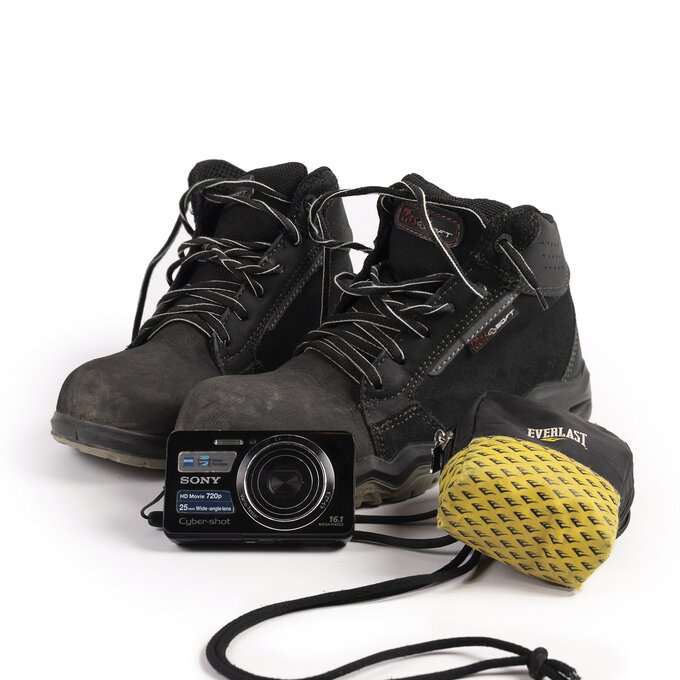Hof der dingen - Abdulazez Dhukan’s camera

“That camera will always be dear to my heart. The photos that I took with it- and the hope I held while taking them – will remain one of my core memories”.
At the end of 2014 – when he was only 17 years old – Abdulazez decided to flee Syria. “It was a difficult decision to make, but people need to understand that it was the only viable solution. Nobody decides to flee their home on a whim – nobody wants to make the hard choice to leave their home behind”. After staying at various refugee camps for three months and helping as an Arabic-English interpreter, an Italian volunteer worker gifted him this camera as a thank you for all his help.
“This camera changed my life. When it was gifted to me, I truly believed I was a photographer”, Dhukan says. He decided to capture the daily life at the refugee camps – something he felt was needed. “A lot of media only focused on the bad things or made wrong, hurtful comments about refugees destroying Europe or stealing jobs. My camera gave me the chance to tell our side of the story”.
Through his project Through Refugee Eyes, he was able to powerfully convey the daily reality of refugee life. To this day, Abdulazez still uses the equipment donated to him by supporters all over the world, who helped him to further expand the project. “I am more than grateful for all the support I received. Because of it, photography has become both my mission and my responsibility”.
Since arriving in Belgium, Abdulazez has not only successfully mastered the Dutch language, but also graduated with a master’s in engineering and science in Artificial Intelligence. He has since established himself as a full-time photographer, with his works even being displayed at this Provincial Palace alongside those of three other Belgian artists.
The Palace’s curator, Wim Opbrouck, decided to collaborate with four photographers to portray the evolving identity of West Flanders. He reasoned that, as the region has become increasingly diverse in backgrounds, cultures, and religions, the visual representation of the West Flemish people in this building should too. The resulting portraits now flank the traditional governor’s portraits on the first and second floors of the building — a powerful statement of inclusion and diversity.